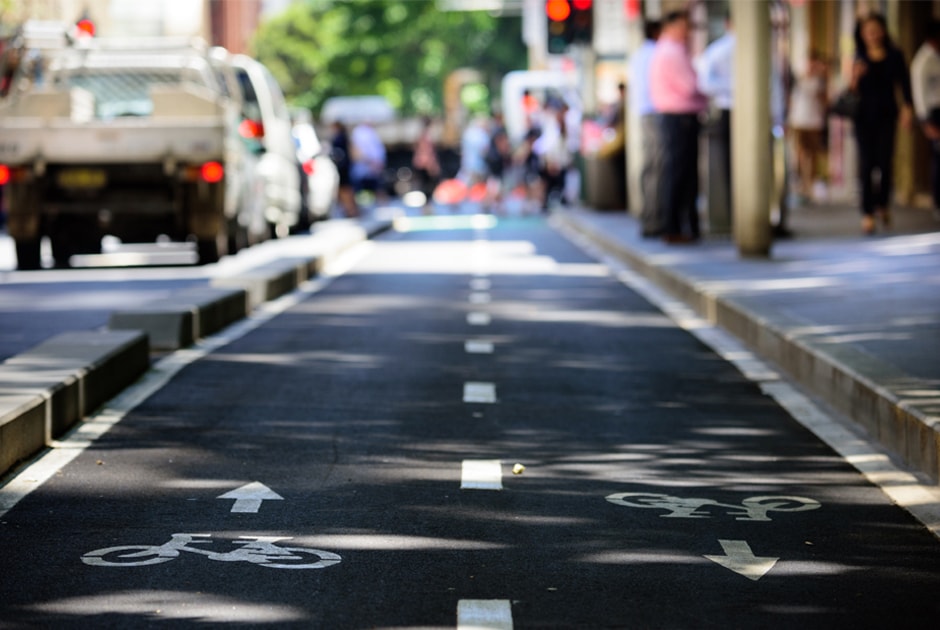
Improving active transport infrastructure can play a significant role in reducing car traffic by providing viable alternatives for people to choose walking, cycling, or other non-motorized modes of transportation. It should be the priority advocacy of most cities that face the problem of congested roads due to too much private cars.
Here are several ways in which enhancing active transport infrastructure can help achieve this goal:
1. Safe and Convenient Pathways:
– Designing and constructing safe and convenient walking and cycling pathways separate from motorized traffic can encourage people to choose active transportation.
– Well-maintained sidewalks, bike lanes, and multi-use paths contribute to a more appealing and accessible active transport network.
2. Bike-Sharing Programs:
– Implementing bike-sharing programs in urban areas can provide a convenient and flexible alternative for short-distance trips, reducing the reliance on cars for short commutes.
3. Integration with Public Transit:
– Improving the integration between active transport modes and public transit systems can create a seamless and efficient multi-modal transportation network. This integration makes it easier for people to combine walking or cycling with public transit for longer journeys, reducing the need for private cars.
4. Urban Planning and Design:
– Incorporating active transport considerations into urban planning and design can lead to more pedestrian-friendly and bike-friendly cities. This includes mixed-use developments, pedestrian zones, and bike-friendly infrastructure.
5. Bicycle Storage and Facilities:
– Providing secure and easily accessible bicycle storage facilities at transit stations, workplaces, and other key locations encourages people to use bicycles for commuting and running errands.
6. Education and Awareness Campaigns:
– Implementing education and awareness campaigns can promote the benefits of active transportation and create a culture shift toward healthier and more sustainable modes of travel.
7. Incentive Programs:
– Introducing incentives such as tax breaks, subsidies, or employer-sponsored programs for individuals who choose active transportation can motivate people to opt for non-motorized modes of travel.
8. Traffic Calming Measures:
– Implementing traffic calming measures, such as speed bumps, pedestrian crossings, and reduced speed limits, can enhance the safety of active transport users and make these modes more attractive.
9. Complete Streets Policies:
– Adopting complete streets policies ensures that transportation planning and design consider the needs of all users, including pedestrians, cyclists, and public transit users, leading to a more balanced and inclusive transportation infrastructure.
10. Data and Technology Integration:
– Using technology to provide real-time information on active transport options, such as bike-sharing availability, walking paths, and transit schedules, can make these options more accessible and user-friendly.
By combining these strategies and creating an integrated and well-designed active transport infrastructure, communities can encourage a shift away from car-centric transportation, reduce traffic congestion, improve air quality, and promote healthier lifestyles.
